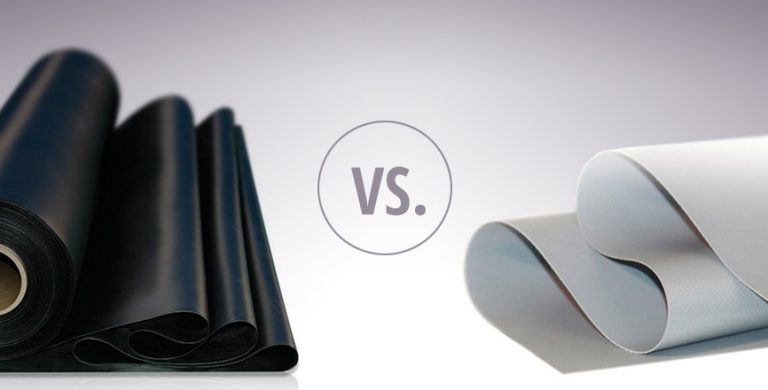Most property owners and managers who engage a commercial roofing consultant at Roofing Annex for a roof replacement never considered using a silicone roof coating system. Other bids may have skipped this option in lieu of a big-ticket replacement. Therefore, it’s no surprise that the option hasn’t been explored.
A silicone roof coating saves property owners and managers from the exposure that a replacement project causes — not to mention, the money and headaches! We decided to write this blog to dig in deeper for those folks who still want to understand the process and grasp the full benefits of a coating system. So, let’s start at the beginning.
A Close Look at Silicone Roof Coating Products
There are several types of roof coatings on the market today, but silicone is the most favored choice among roofers who know what best-of-the-best is. The downside is that silicone is slightly more expensive from the material cost side, but there is a solid reason for this. Silicone roof coatings have been developed over several decades to be the strongest, most UV-resistant, and most environmentally friendly coating product available. These coatings also have moisture curing and non-chalking properties. The ease of installation to renew your roof with this system is where the savings come into play.
If your current roof is wearing down, leaking, building up too much heat, losing energy, or failing in a non-structural way, a silicone roof coating will help you!
Applying a Coating System
We’ll summarize this process for you:
- Power washing with a one-to-three angle approach, depending on the roof type (smooth versus corrugated) and plenty of drying time.
- Primer application, if required (which is rare).
- Butter coat all seams and penetrations.
- Apply the silicone coating (high-pressure spray-on or rolled).
If that doesn’t seem easier than a roof replacement, that’s something you need to look into (Example of a EPDM roof replacement).
The Life of a Silicone Roof Coating
Once installed, silicone coatings provide a host of benefits to protect a roof for years to come, including:
- Protection from the elements as coatings create a seamless, waterproof, monolithic membrane that stops leaks and resists ponding water.
- Reflectivity, which means the coatings keep the surface of a roof cool despite the sun’s rays. Therefore, your building stays at the proper temperature.
There are many products on the market, but the professionals at Roofing Annex believe the best are made by GAF. Learn more about the GAF product lines and warranties (10 to 20 years).
What to Expect at the End of a Roof Coating’s Lifespan
Depending on the coating product used, at 10 to 20 years after its application, a silicone roof coating will begin to deteriorate. If the roof is in appropriate shape, there is no need to scrape off the old coating or to replace the roof. At the end of the coating’s life, simply re-spray a new coating onto the roof surface, directly onto the previous layer of coating. The application process is the same as before, except there is no need for a primer (if one was needed). Once the second layer is applied, your roof is under warranty for another 10 to 20 years!
Main Takeaways
We hope this information sheds light on the usefulness of coating systems for you. We think they’re a great solution because of how they are installed, their lifespan strength, and their cost benefits (installation and energy savings).
If you have any more questions regarding silicone roof coatings, please give Roofing Annex a call and speak with a commercial roofing consultant — 513.685.9092 (Cincinnati and Dayton region).


